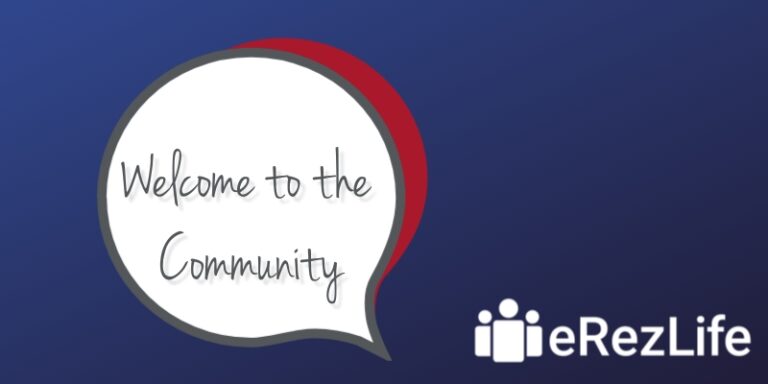Keynote Announcement
Oh hey! Welcome to the community! We are pleased to announce Jaime Williams, Assistant Director of Residential Life and Housing for Assessment at Virginia Commonwealth University, as our keynote speaker for our 2022 User Conference….







